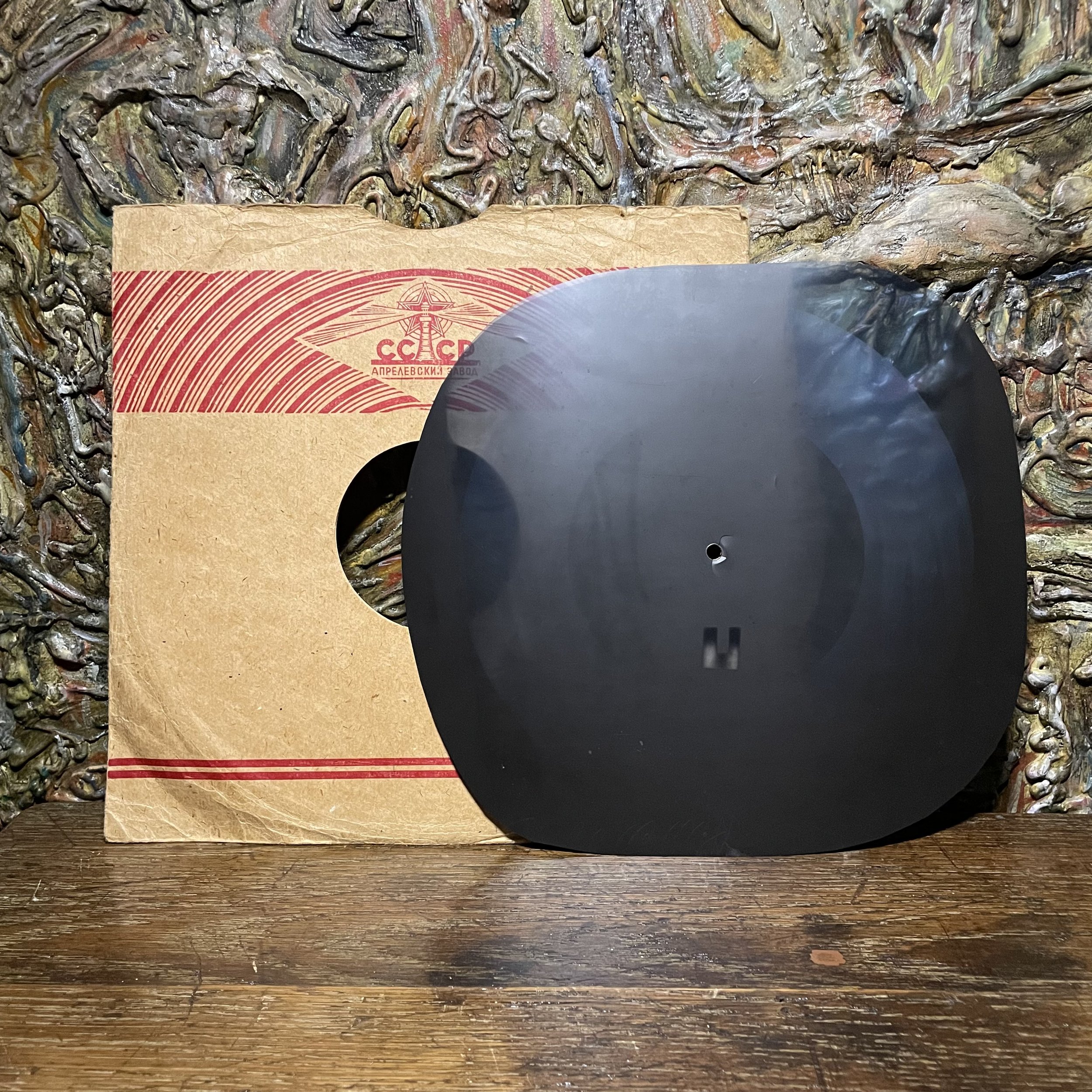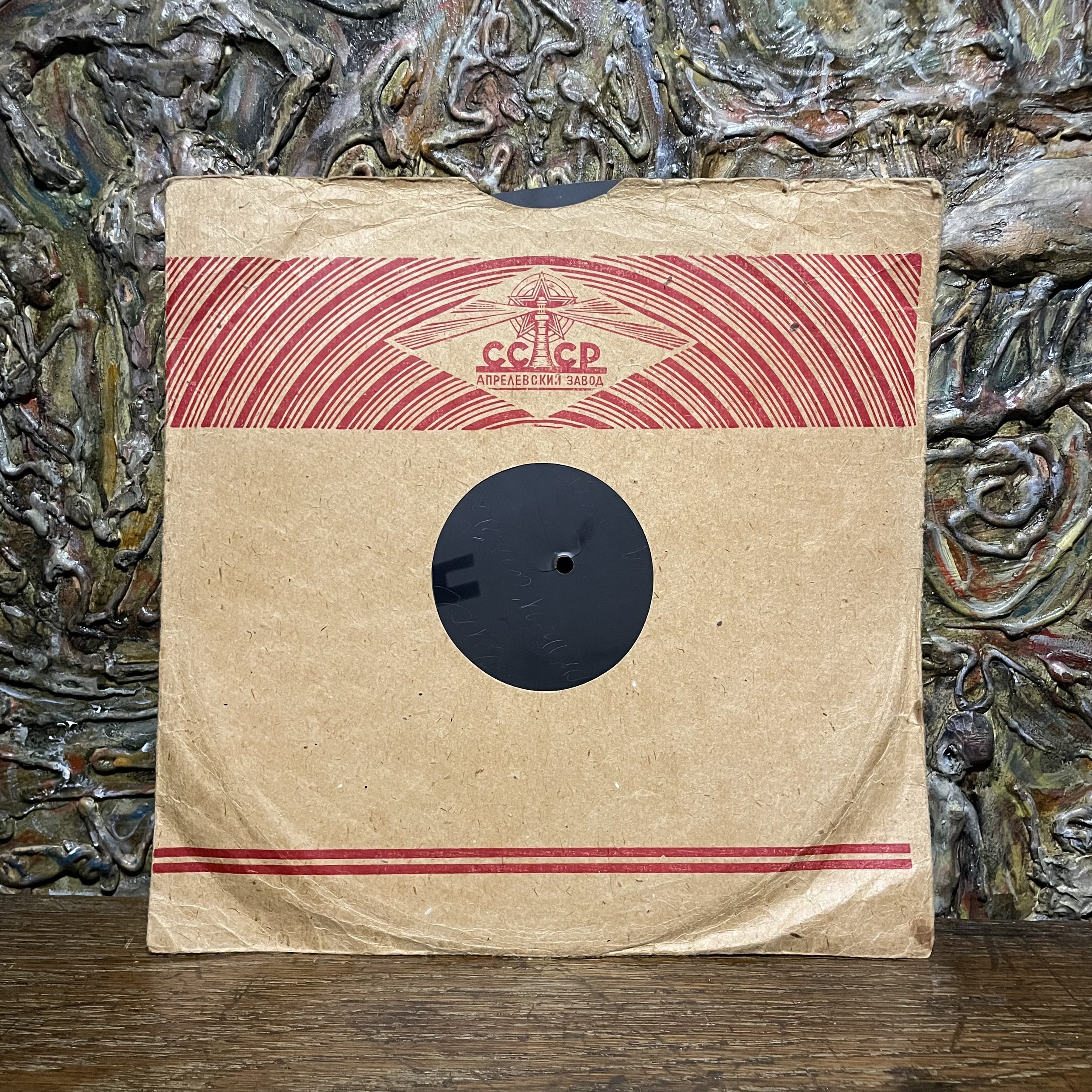USSR X-RAY RECORD: Elvis- Dirty, Dirty Feeling
During the cold war (1947-1991) among the many things censored & next to impossible to obtain was “western music”. The Soviet union saw the USA & Britain in particular as the enemy and their culture being harmful.
Once in a while, one of these amazing records would be smuggled into the Soviet Union by a merchant sailor or diplomat. These records were extremely rare & would cost up to a month’s wage, so not many people could afford them. Hence the need for a cheaper more redly available option arose.
Around this time in Leningrad, a man turned up with a “war trophy”. This trophy was called a recording lathe. This was like a gramophone in reverse & would create etchings in plastic. As more people came into this man’s shop & were able to observe what he was doing, they were then able to create their own machines, but not having traditional record material available, an alternative source was discovered- used x-rays from a local hospital!
These “records” being made and sold during this time was a lot like buying & selling illicit drugs in todays world. They were sold in dark alleyways & on street corners in secret. People even went to prison for making and selling these records!
Famously known as “Bone Records” or “USSR Records”, these are an amazing piece of history & the reason music was able to be shared around the world despite the harsh restrictions.
During the cold war (1947-1991) among the many things censored & next to impossible to obtain was “western music”. The Soviet union saw the USA & Britain in particular as the enemy and their culture being harmful.
Once in a while, one of these amazing records would be smuggled into the Soviet Union by a merchant sailor or diplomat. These records were extremely rare & would cost up to a month’s wage, so not many people could afford them. Hence the need for a cheaper more redly available option arose.
Around this time in Leningrad, a man turned up with a “war trophy”. This trophy was called a recording lathe. This was like a gramophone in reverse & would create etchings in plastic. As more people came into this man’s shop & were able to observe what he was doing, they were then able to create their own machines, but not having traditional record material available, an alternative source was discovered- used x-rays from a local hospital!
These “records” being made and sold during this time was a lot like buying & selling illicit drugs in todays world. They were sold in dark alleyways & on street corners in secret. People even went to prison for making and selling these records!
Famously known as “Bone Records” or “USSR Records”, these are an amazing piece of history & the reason music was able to be shared around the world despite the harsh restrictions.
During the cold war (1947-1991) among the many things censored & next to impossible to obtain was “western music”. The Soviet union saw the USA & Britain in particular as the enemy and their culture being harmful.
Once in a while, one of these amazing records would be smuggled into the Soviet Union by a merchant sailor or diplomat. These records were extremely rare & would cost up to a month’s wage, so not many people could afford them. Hence the need for a cheaper more redly available option arose.
Around this time in Leningrad, a man turned up with a “war trophy”. This trophy was called a recording lathe. This was like a gramophone in reverse & would create etchings in plastic. As more people came into this man’s shop & were able to observe what he was doing, they were then able to create their own machines, but not having traditional record material available, an alternative source was discovered- used x-rays from a local hospital!
These “records” being made and sold during this time was a lot like buying & selling illicit drugs in todays world. They were sold in dark alleyways & on street corners in secret. People even went to prison for making and selling these records!
Famously known as “Bone Records” or “USSR Records”, these are an amazing piece of history & the reason music was able to be shared around the world despite the harsh restrictions.



